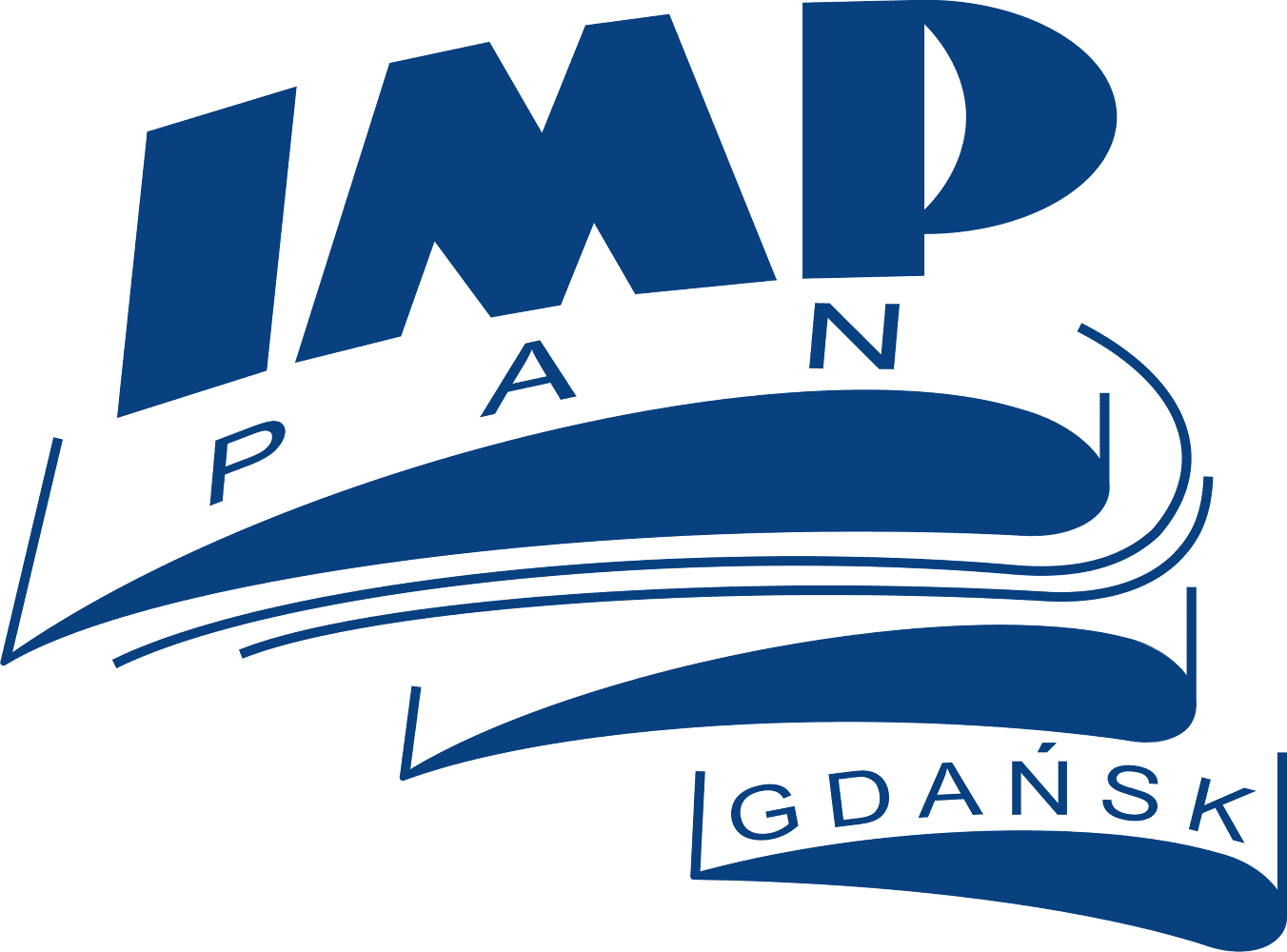History of Department of Plasma and Laser Applications
The research on gas lasers and their applications has been carried out in the Centre for Plasma and Laser Engineering, Institute of Fluid Flow Machinery, Polish Academy of Sciences in Gdańsk since mid-sixties of the last century, i.e. only several years after the first laser was introduced. The very early research carried out by the Centre concerned physics and technology of He-Ne and CO2 lasers. Then, the research of the Centre was focused on metal vapour lasers (He-Cd+, He-Se+, He-Hg+, CuBr) and electrical discharge related phenomena.
The research on the metal vapour lasers was continued in the Centre in 1990-2004. In particular, the hollow-cathode (HC) and radio-frequency (RF) excited metal vapour lasers were intensively investigated. However, the research was also focused on the application of metal vapour lasers to the precision materials processing and the application of other lasers to the Particle Image Velocimetry (PIV) and Laser Induced Fluorescence (LIF).
The research on electrical-discharge based plasma processing of gaseous pollutants has been carried out in the Centre since 1990. The staff of the Centre, headed formerly by Prof. Z. Zakrzewski and presently by Prof. J. Mizeraczyk, have had experience in the non-thermal plasmas acquired over decade of investigations and diagnostics of various kinds of low-pressure discharges (DC and pulsed glow discharges, DC and pulsed corona discharges, microwave discharges). The acquired expertise in the fundamentals of various gas discharges has been recently employed practically by the Centre for gaseous pollutant abatement using electrical-discharge based plasmas.
In early years, 1990-1997, the research in the Centre was focused on decomposition of NOx and VOCs of low concentrations (below 0.1 %) by DC and pulsed corona discharges and gliding arc discharge. Also, kinetics of chemical processes during the plasma abatement of gaseous pollutants was modelled. The Centre was also involved in investigations on the utilisation of rubber waste by the plasma generated with a plasmatron, carried out in the University of Warmia and Mazury, Olsztyn, Poland.
In 1998-2004, both topics, experiment and modelling of the corona discharge plasma abatement of gaseous pollutants were continued. New topics were: plasma processing of highly-concentrated (tens of %) hydrocarbons and their chlorinated and fluorinated derivatives by microwave torch discharges, and hybrid non-thermal plasma-catalyst reactors for NOx abatement.

















